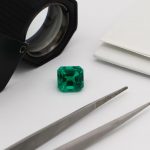Gemology- The science of dealing with natural and artificial gemstone materials.
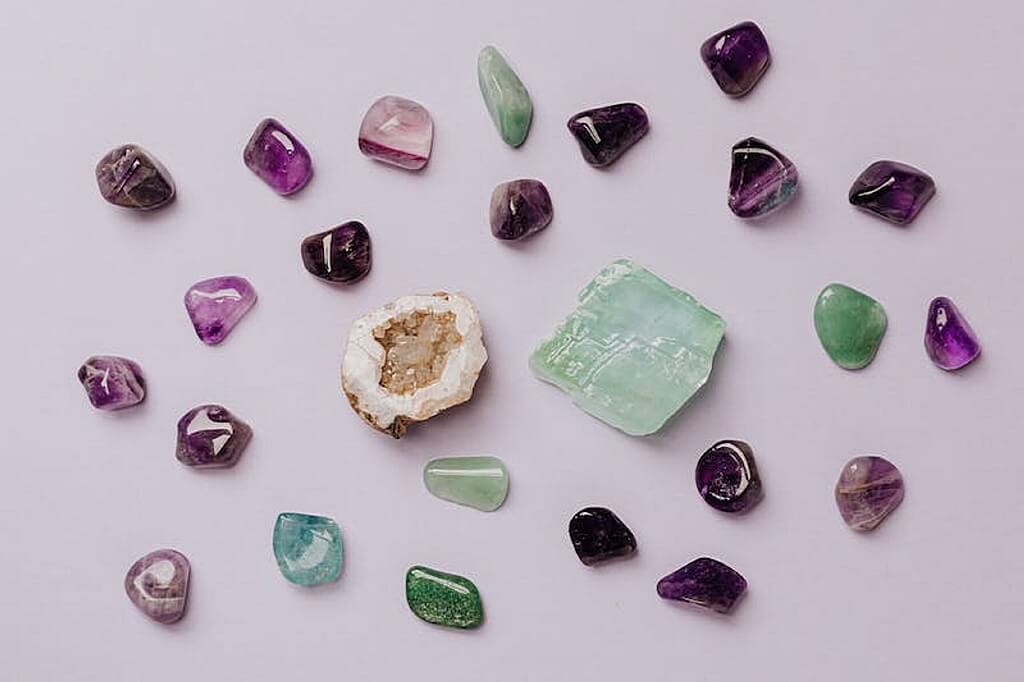
Gemology or, which is also known as gemmology is the science of dealing with natural and artificial gemstone materials. It falls under the branch of mineralogy. It is the science of studying, cutting, and valuing precious stones, but the essential part of gemology is to identify the gemstones, which is done by a gemologist. This role involves examination of gemstones using microscopes, computerized tools, and other grading instruments.
Some jewellers and non-jewellers are academically trained gemologists and are qualified to identify and evaluate gems that are not noticeable or visible to the human eye. They specialize in identifying, grading, and appraising gemstones. Gemologists identify a gemstone by its specific characteristics and properties, such as cut, colour, quality, and clarity with a group of criteria that is used in gemology to identify diamonds—the 4Cs of Colour, Clarity, Cut, and Carat.
History
The study of gemstones began in the nineteenth century. The first US graduate of Gem-A’s diploma course, in 1929, was Robert Shipley, who later established both the Gemological Institute of America and the American Gem Society. The first gemological laboratory was established in London in 1925 which was prompted by the invasion of the newly developed ‘cultured pearl’ and advances in the synthesis of rubies and sapphires.
Gemstones are basically categorised based on their crystal structure, specific gravity, refractive index and other properties. The physical property of hardness is defined by the irregular Mohs scale of mineral hardness.
Gemologists study these factors while appraising cut and polished gemstones. A microscopic study of the internal structure is used to determine whether a gem is synthetic or natural.
The spectroscopic analysis of cut gemstones also allows a gemologist to understand the atomic structure and identify its origin, which is a major factor in valuing a gemstone. For example, a ruby from Burma will have definite internal and optical activity variance from a Thai ruby.
When the gemstones are in a rough state, the gemologist studies the external structure; the host rock and mineral association; and natural and polished colour. Initially, the stone is identified by its colour, refractive index, optical character, specific gravity, and examination of internal characteristics under magnification.
Gemologists use a variety of tools and equipment which allow for the accurate tests to be performed in order to identify a gemstone by its specific characteristics and properties. These include – Corrected 10 × loupe, Microscope ,Refractometer, Polarising filter, Magnifying eyepiece, Contact liquid for RI (refractive index) up to 1. (https://flathatnews.com) 81, Polariscope , Optic figure sphere, Dichroscope, Spectroscope (handheld or desktop), Penlight, Tweezers, Stone cloth, Colour filter, Immersion cell, Ultraviolet lamp.
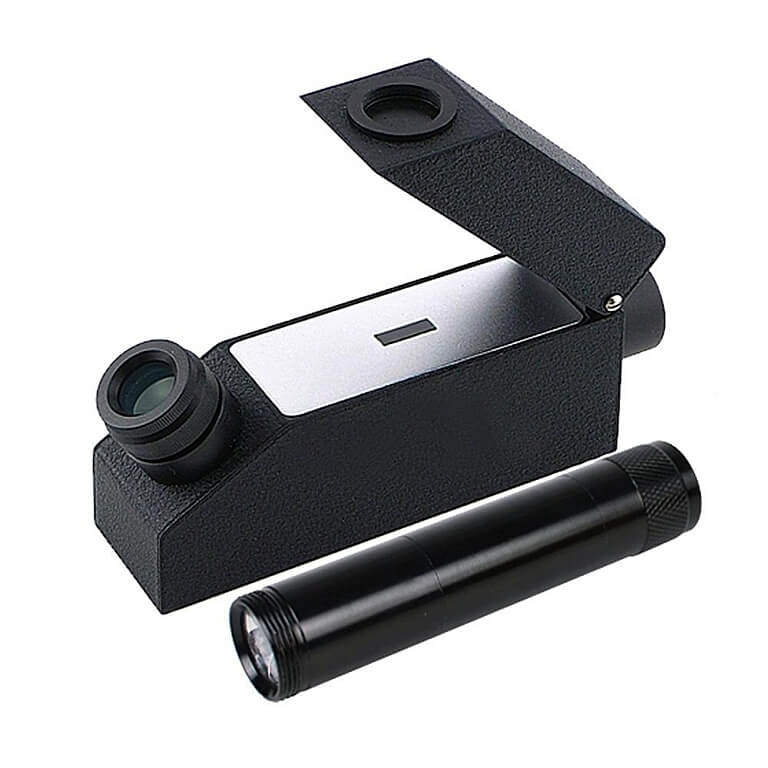
Source: victormeter.en.made-in-china.com
Gemstones are usually minerals but also organic substances., which are used in jewellery or for ornamentation.
Gem identification is the main element of gemology. For example, some rubies and garnets are impossible to distinguish by their appearance, but their physical properties differ considerably.
Identification by refractive index:
One test to determine the gem’s identity is to measure the refraction of light in the gem.
Identification by specific gravity:
Specific gravity is measured by comparing the weight of the gem in air with weight of the gem suspended in water.
Identification by spectroscopy:
A gemological spectroscope is employed to analyse the selective absorption of light in the gem material.
Identification by inclusions:
Inclusions can help gemologists to determine whether a gemstone is natural or synthetic.
Identification by flaws and striations:
Natural stones show small flaws. Synthetics made by the Verneuil process do not show flaws at all.
4Cs to identify diamonds are colour, clarity, cut, and carat:
Cut of the diamond – The more precise the diamond is cut, the more captivating the diamond is to the eye. The cut of the diamond refers to the overall finish of the diamond.
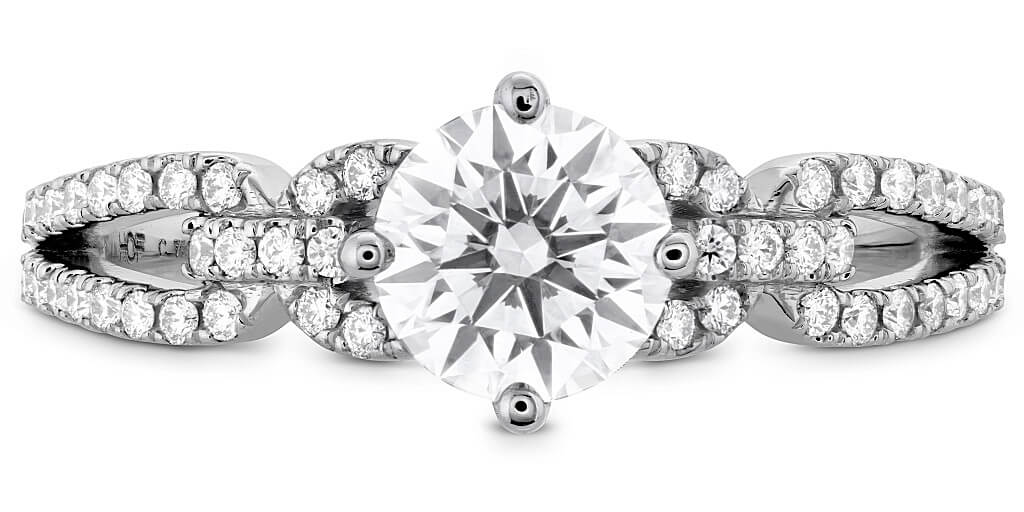
Source: www.americangemsociety.org
Colour of the diamond – The Colour of a diamond refers to the lack of colour in a diamond, where colourless diamonds are considered the highest quality and brown or yellow diamonds being the lowest quality.
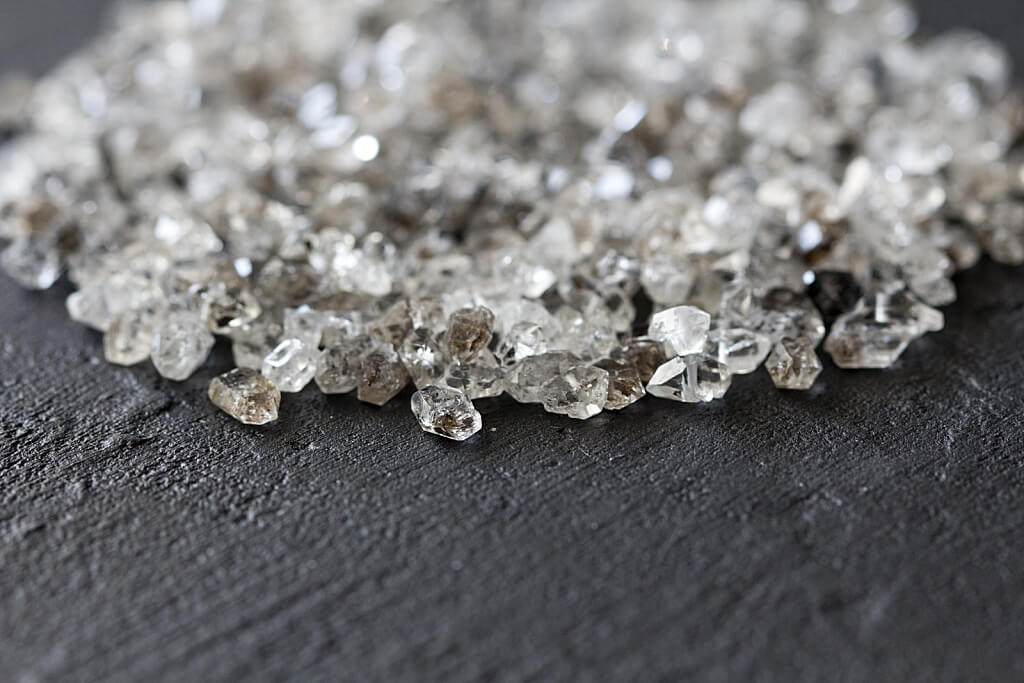
Source: www.americangemsociety.org/
Clarity of the diamond – Diamond clarity is the presence or absence of characteristics called inclusions in the diamond. Inclusions are the internal or external flaws of the diamond. 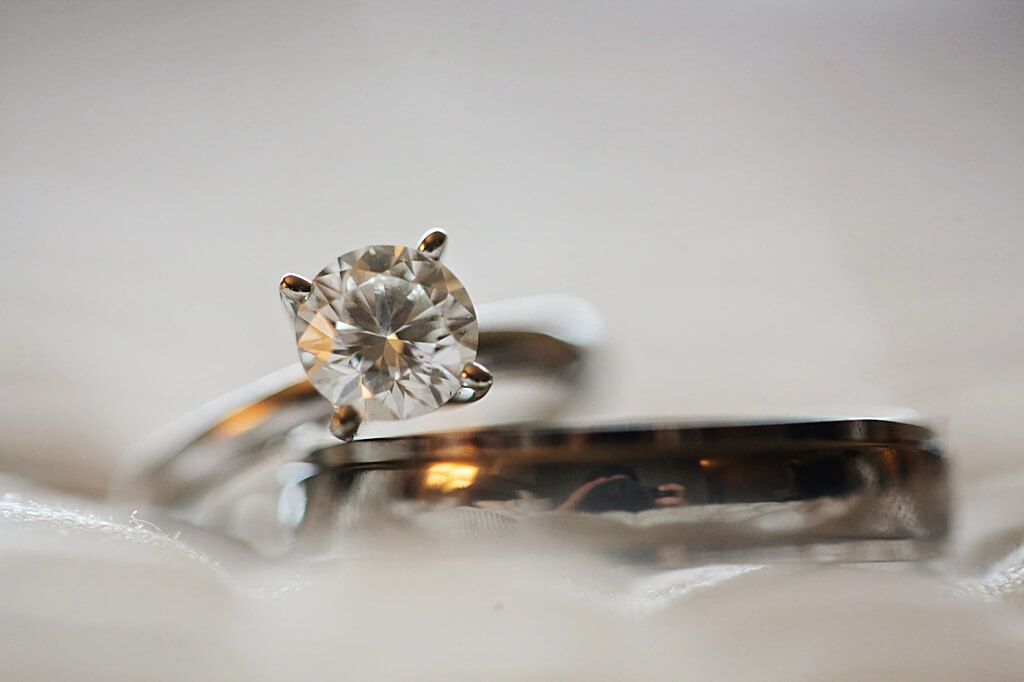
Carat of the diamond – The carat is the diamond’s physical weight measured in metric carats. It is the most important factor of the diamond’s 4Cs and is measured using a highly accurate, and calibrated digital scale.
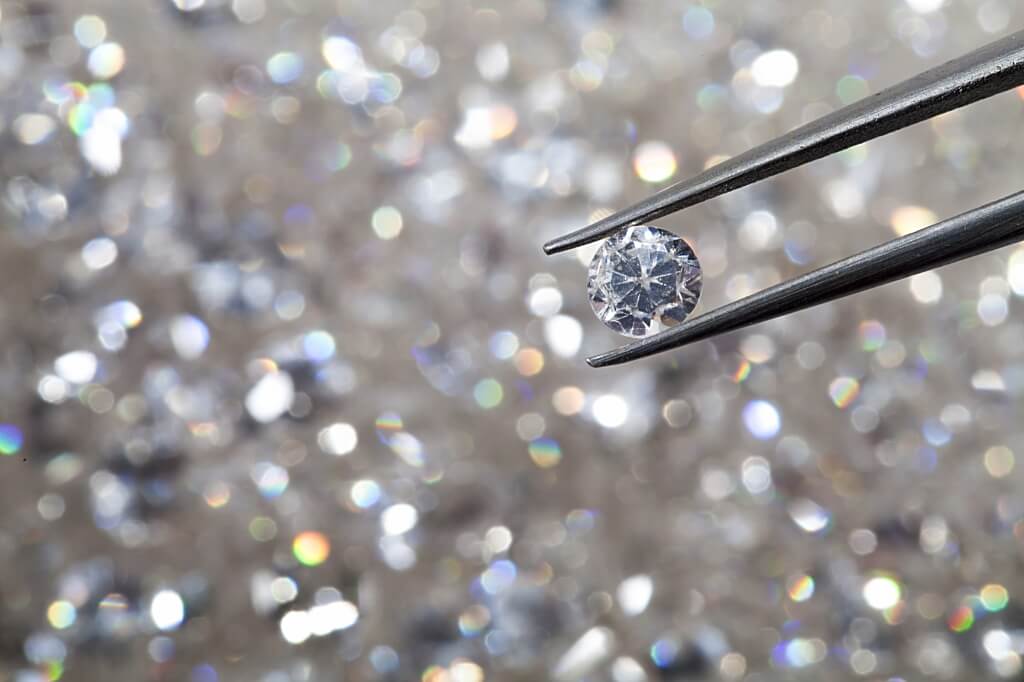
Gemology requires a deep understanding of gems if a student aspires to pursue a job in the jewellery industry. In order to do this, a structured course provides a good base to learn all about gems, its culture, elements etc. Learn the art of identifying gems from JD Institute of Fashion Technology, one of the best jewellery designing institutes in Bangalore.




